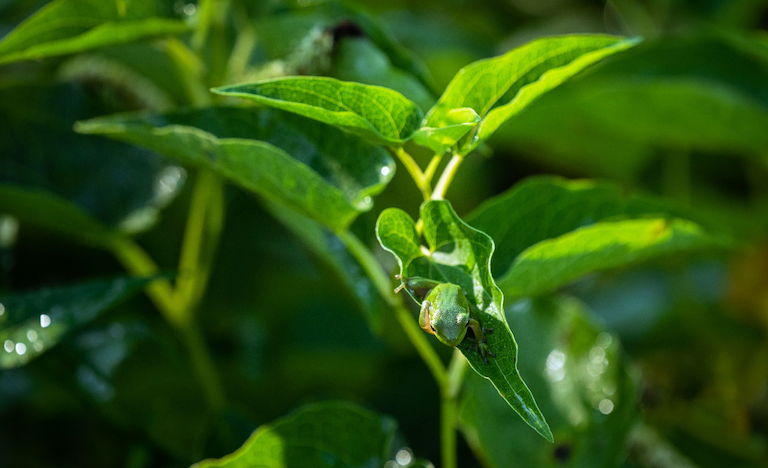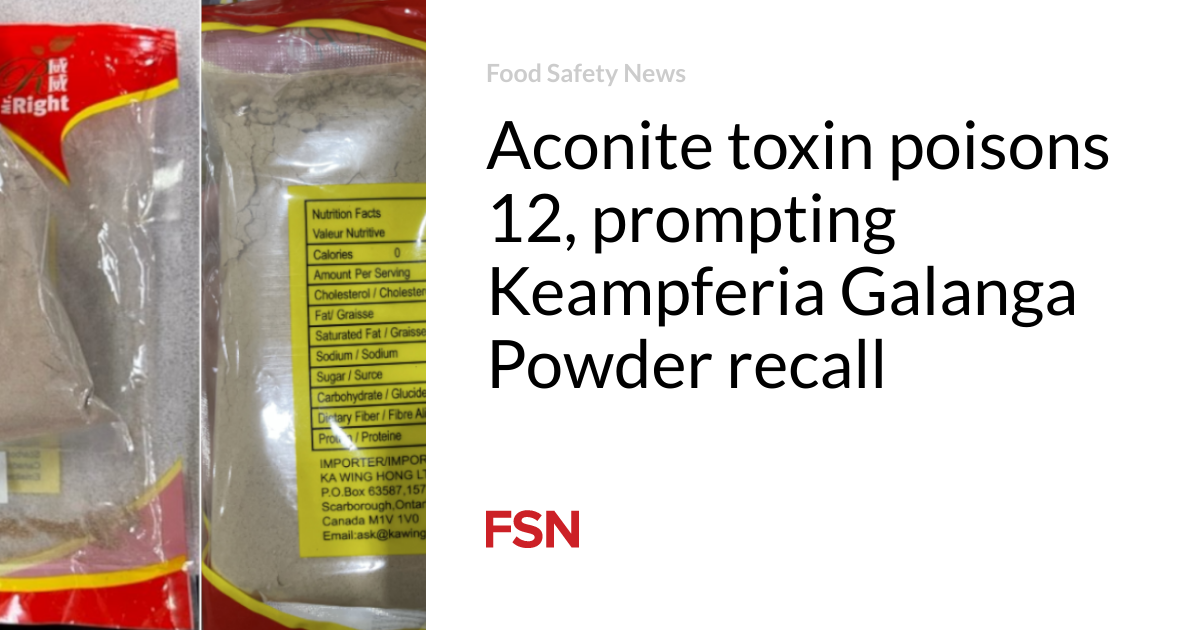- Small conservation areas are disproportionately important to maintaining biodiversity, according to a recent study.
- Many small patches, with the same total area as a few large areas, are less likely to see a complete local loss of a species.
- Such small conservation areas are extra important near urban areas, and are also of great benefit to people living in those areas, a new op-ed explains.
- This article is a commentary. The views expressed are those of the author, not necessarily Mongabay.
On Monday mornings, a group of birdwatchers gathers at 7 a.m. to walk through Huntley Meadows together. Some bring cameras with lenses as long as their forearms. With monopods, tripods, flash devices, and all sorts of photography gear, the group is ready for what the morning may bring. Some birders are only equipped with telescopic lenses to view the area, excited for the experience. As the sun crests over the eastern tree line, it illuminates the boardwalk. Winding its way through a marsh of white flowers the path opens on a pond where herons hunt. Though it’s a small county park in northern Virginia, Huntley Meadows is a safe haven for many species who live outside of Washington D.C. and call Alexandria, Virginia their home.
Small conservation areas are ‘disproportionately’ important to maintaining biodiversity according to a 2022 study conducted by Federico Riva and Lenore Fahrig at Carleton University, who found that small conservation areas house a greater amount of biodiversity than large conservation areas. Many patches of small areas also provide a greater safeguard to biodiversity than a few large protected regions. As the world sees more urbanization and human build-up, the small natural areas spread around human populations are becoming more important.
We know that a single, small conservation area has higher risk of extinction for the populations living there. However, a network of many small areas is biologically stable. Previously, conservation organizations and government agencies have opted to support individual large conservation areas, such as the Ontario Wetland Evaluation System in Canada or the Programa Especial Selva Lacandona in Mexico. Riva and Fahrig’s recent study continues to support the idea that many small patches, with the same total area as a few large areas, are less likely to see a complete extinction of a species. If a species were to disappear in one patch, even if all the small patches were completely isolated, then there is more of a chance the same species will continue thriving in a different small area.
There is even less of a chance that species will go extinct in small area networks when there is a higher level of patch size evenness. When small patch networks have many patches of even size, without some areas that are much smaller than the rest, the biodiversity in each patch has a better chance of long-term survival. The data collected showed the same results for all species present, as well as declining species.
The importance of small conservation areas puts pressure on localized communities to maintain protected parks and preserves. Protection is especially important around cities where small conservation areas are sometimes the only natural areas still available. City infrastructure can use regenerative and integrative methods of expansion and maintenance to safeguard surrounding natural environments.
Washington D.C. is a good example of a large city which hosts many small, unique conservation areas. Within the city, Rock Creek Park and the National Arboretum host a wide variety of biodiversity. As recently as May of 2021, NPR reported on North American river otters being sighted on the National Mall. In the near vicinity of the city, there is a collection of national parks, state parks, and nature preserves. These range from Great Falls National Park, Mason Neck State Park, and Occoquan National Wildlife Refuge to name a few. Parks through these areas host a variety of species such as bald eagles, white-tailed deer, and snapping turtles.
In the United States, state-run parks are not the smallest type of park. It is important to maintain protection over even smaller parks, such as those run by local townships. Small conservation areas run by local counties or cities contribute to the overall patchwork of natural habitat. The Fairfax County Park Authority, a county directly adjacent to D.C., operates many parks which act as a refuge for wildlife. The largest park operated by the Fairfax County Park Authority is Huntley Meadows Park. Huntley Meadows has become a rallying point for locals to appreciate the natural world around them.
Throughout the day, locals come to explore the many trails at Huntley Meadows. Many are recurring visitors, coming every morning for a daily walk and time in nature. A large group of recurring visitors are photographers, coming at sunrise and sunset for the warm glowing light of ‘golden hour.’ The photographers, excited by their craft and the species living in this small conservation area, have created a Facebook group to share photos, stories, and moments from their time in the park.
See related: Young forests can help heal tropical aquatic ecosystems

In June of 2021, visitors to Huntley Meadows observed a roseate spoonbill feeding in the park’s pond. For five days, three spoonbills explored the area. This was unusual behavior, as the spoonbill is a year-round native of coastal Florida and is usually only seen as far north on the coast of southern North Carolina. In April 2016, a glossy ibis was spotted at Huntley Meadows, another bird that does not often show its face in northern Virginia. When these rare birds were sighted and pictures were posted in the Facebook group, hundreds of photographers came during the following days to try to get a shot of these species.
So, not only are small conservation areas important because of the biodiversity they host, they are also important because of the community they create within localized regions: small conservation areas are becoming increasingly important to protect because of the species and the people who find refuge within them. Communicating the importance of conservation, especially to the millions of people who call cities their home, is easier when they have a connection already formed with their local ecosystems. With constant urbanization and infrastructure growth demands, the protection of small protected areas as a network of biodiversity hot-spots is becoming the next big need for conservation success.
Stephen Taglieri’s reporting has been published by Smithsonian Magazine as well as George Mason University’s The Fourth Estate.
Banner image: A small forest in Switzerland surrounded by meadow. Photo by Kitsudōte via Unsplash.
Related audio from Mongabay’s podcast: Hiromi Yamashita & Andrew Bladon with the Conservation Evidence Group discuss their latest “What Works In Conservation” report, which evaluates scientific evidence for the success of conservation initiatives, listen here:
Room to roam: Biologists and communities create corridors for jaguars in Mexico














